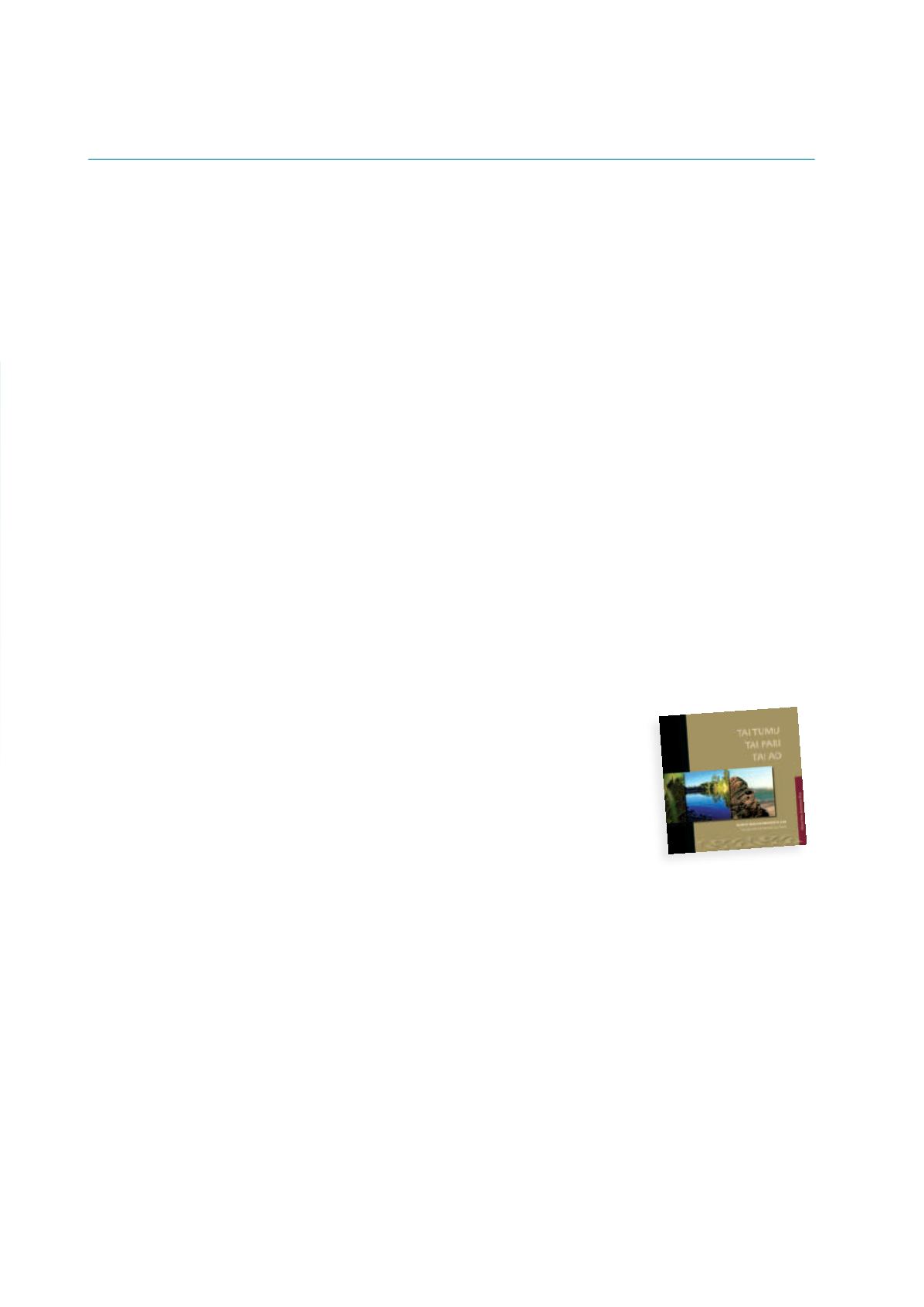
27
waikato-tainui
annual report 2014
wa i k at o r i v e r f i s h e r i e s
–
n e w b y l aw s b y ma ao r i ,
f i r s t o f t h e i r k i nd
Fisheries in the lower Waikato River catchment are now co-
managed by Waikato-Tainui and the Crown under regulations
introduced in 2011.
As part of a new era of co-management, the groundbreaking
approach includes six recently established bylaws that focus on
sustainable fishing practices, support for native eel migration,
and recognition of traditional management practices.
A collaborative effort between Waikato-Tainui, the
commercial eel sector, and the wider community, the bylaws
came into effect in early April and apply only to the Waikato-
Tainui Fisheries Area. This area covers the Waikato River, its
lakes and its tributaries from Port Waikato to Karaapiro, and
part of the Waipaa River from its junction with the Waikato
River at Ngaaruawaahia, to Puuniu Stream.
Appointed in 2012 as a Waikato-Tainui Fisheries Kaitiaki,
Matthew Brown is one of 18 tribal members who can issue
authorisations for customary food gathering purposes within
the Waikato River Fisheries Area. He says if we want to see
sustainable fisheries return to our waters, regulations and
bylaws are necessary.
“The bylaws released this year place restrictions mostly
on commercial fishers. It goes some way to help replenish
numbers but I’d also like to see restrictions placed on
recreational fishers particularly to protect our elvers and glass
eels. This type of mahi is done for the benefit of everyone.”
As river communities,
we need to take responsibility
and support efforts to sustain and
restore our fisheries, not look to the
tribe to do it all for us.
In 1863 the Crown confiscated
over 1.2 million acres of
Waikato-Tainui land and resources spanning from Taamaki
Makaurau, through the Waikato Valley to north of the
Mokau River.
This confiscation resulted in the Waikato Land Wars and led
to significant loss of life and property, crippling the welfare,
economy, and development of Waikato-Tainui.
Launched at Koroneihana last year,
Tai Tumu Tai Pari Tai Ao
is the tribe’s environmental planning document.
The vision of the plan is taken from a maimai aroha of the
second Maaori King, Taawhiao, where he laments with a heavy
heart his longing for and adoration of the natural resources of
his homeland. An extract from the lament is included on the
inside cover of this year’s Annual Report.
The maimai aroha of Kiingi Taawhiao is the key driver and
indicator of environmental health and wellbeing of the
Tai
Tumu Tai Pari Tai Ao
plan.
ta i t umu ta i pa r i
ta i ao
– ou r p l a n ,
ou r en v i r onmen t ,
ou r f u t u r e
wa i k at o -ta i nu i
f i s h e r i e s k a i t i a k i
Clifford Moana, Horahora Marae
Edward Kingi, Horahora Marae
Taipu Paki, Kaitumutumu Marae
Carlson Wirihana, Maungatautari Marae
David Taka, Maungatautari Marae
Matthew Timi Brown, Maurea Marae
Te Ewe Herangi, Ngaa Tai E Rua Marae
Sharon Thompson, Ooraeroa Marae
Jack Te Aho Minhinick, Rereteewhioi Marae
William Tipene, Taniwha Marae
Wayne Harris, Tauhei Marae
Tukukino George, Taupiri Marae
Thomas Taua, Tauranganui Marae
George Katipa, Te Awamaarahi Marae
Paki Peters, Te Kotahitanga Marae
Robert Clarke, Te Kotahitanga Marae
Te Ariki John Pihama, Te Papaorotu Marae
Charles Haggie, Turangawaewae Marae


